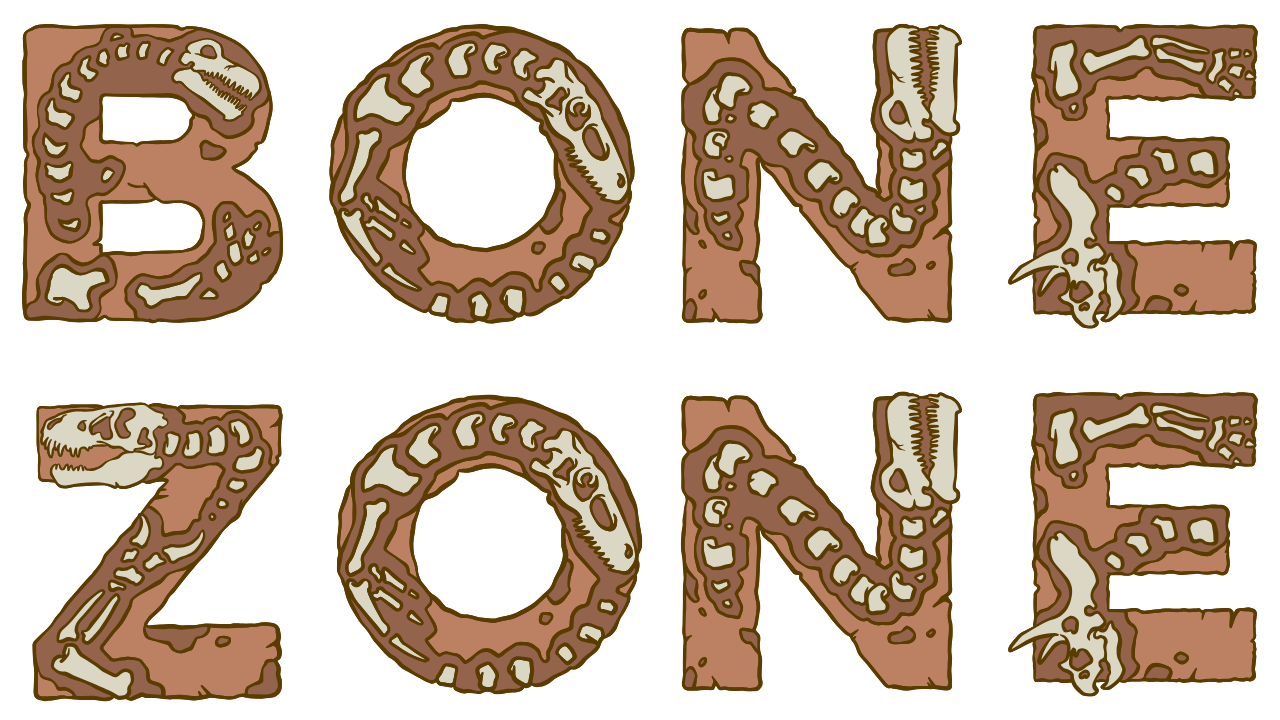🕰️ Understanding Geological Time
Geological time is vast - 4.6 billion years of Earth history. Different time periods preserved different ecosystems, so knowing the age of rocks helps predict what fossils you might find. Ages are given in "Ma" (millions of years ago).
The "Ice Age" period with multiple glaciations. Modern ecosystems develop, humans evolve.
🦣
Megafauna
Mammoths, saber-tooth cats, giant ground sloths
🐻
Modern Mammals
Bears, deer, bison in Pleistocene deposits
🐚
Marine Life
Modern shells, corals, marine mammals
🌿
Plant Remains
Pollen, seeds, wood from modern species
Grasslands expand, mammals diversify rapidly, early human ancestors appear.
🐎
Grazing Mammals
Early horses, camels, rhinoceros
🐒
Primates
Early apes and human ancestors
🌾
Grass Evolution
Grass pollen, seeds from expanding prairies
🦈
Marine Predators
Megalodon teeth, whale bones
Recovery after dinosaur extinction. Mammals explode in diversity, early whales, tropical climates.
🐘
Early Mammals
Primitive horses, early elephants, carnivores
🐋
Whale Evolution
Ambulocetus, early whale fossils
🦅
Giant Birds
Terror birds, early raptors
🌺
Flowering Plants
Modern flower and fruit fossils
Peak dinosaur diversity, flowering plants evolve, warm global climate, high sea levels.
🦖
Giant Theropods
T. rex, Giganotosaurus, raptors
🦕
Sauropods
Titanosaurs, long-necked giants
🌸
First Flowers
Early flowering plant fossils
🐚
Marine Reptiles
Mosasaurs, plesiosaurs, ammonites
Classic dinosaur period, first giant sauropods, early birds, warm and humid climate.
🦕
Giant Sauropods
Brontosaurus, Diplodocus, Camarasaurus
🦅
First Birds
Archaeopteryx with feather preservation
🐠
Marine Life
Ichthyosaurs, belemnites, coral reefs
🌲
Conifers
Early pine and cypress relatives
First dinosaurs appear, supercontinent Pangaea, recovery from worst mass extinction.
🦴
Early Dinosaurs
Coelophysis, Plateosaurus, small theropods
🐊
Archosaurs
Early crocodiles, phytosaurs
🦎
Early Mammals
Tiny shrew-like mammals
🌿
Cycads & Ferns
Seed ferns, early conifers
Supercontinent Pangaea forms, mammal-like reptiles dominant, great coal swamps decline.
🦎
Therapsids
Mammal-like reptiles, early ancestors
🌿
Glossopteris
Seed fern leaves (Gondwana indicator)
🐚
Brachiopods
Last great brachiopod diversity
🌊
Marine Reptiles
Early marine reptile adaptations
"Coal Age" - vast swamp forests, first reptiles, giant insects, oxygen-rich atmosphere.
🌿
Coal Plants
Lepidodendron, Sigillaria, seed ferns
🦂
Giant Arthropods
Meganeura (giant dragonflies), trilobites
🐸
Early Amphibians
Eryops, temnospondyls
🐚
Marine Life
Crinoids, bryozoans, corals
"Age of Fishes" - fish diversity explodes, first forests, early amphibians venture onto land.
🐟
Armored Fish
Dunkleosteus, placoderms, early sharks
🌲
First Forests
Archaeopteris, early tree fossils
🐸
First Amphibians
Acanthostega, Ichthyostega
🔻
Trilobites
Peak trilobite diversity and size
First vascular plants colonize land, reef recovery, early jawed fish evolve.
🌿
Early Land Plants
Cooksonia, primitive vascular plants
🐚
Reef Builders
Tabulate and rugose corals
🔻
Sea Scorpions
Eurypterids, giant aquatic predators
🐟
Early Jawed Fish
First sharks and bony fish
Great biodiversification, marine life flourishes, first vertebrates, massive reef systems.
🔻
Trilobites
Huge diversity, many bizarre forms
🌊
Crinoids
"Sea lily" gardens, limestone beds
🐚
Brachiopods
Peak diversity, abundant fossils
🐟
First Vertebrates
Conodonts, early jawless fish
"Cambrian Explosion" - most animal groups appear, first hard shells, weird and wonderful forms.
🔻
Trilobites
First appearance, primitive forms
👁️
Burgess Shale
Hallucigenia, Opabinia, soft bodies
🐚
Small Shells
First mineralized skeletons
🕸️
Trace Fossils
Burrows, tracks, first bioturbation
🎯 What This Means for Fossil Hunters
🔍 Age-Based Collecting Strategy
- Paleozoic rocks (541-252 Ma): Look for marine invertebrates, early plants, primitive vertebrates
- Mesozoic rocks (252-66 Ma): Target dinosaur-bearing formations, marine reptiles, early flowering plants
- Cenozoic rocks (66 Ma-present): Focus on mammal sites, modern shell beds, plant impressions
- Precambrian rocks (>541 Ma): Very rare fossils - mainly microbial mats and simple organisms
📖 Reading Geological Maps
Geological maps use standardized colors and symbols for different time periods:
- Green colors: Usually Paleozoic (oldest fossiliferous rocks)
- Blue/Purple: Often Mesozoic (dinosaur age)
- Yellow/Tan: Typically Cenozoic (mammal age)
- Letters: Period abbreviations (Cm = Cambrian, J = Jurassic, etc.)












